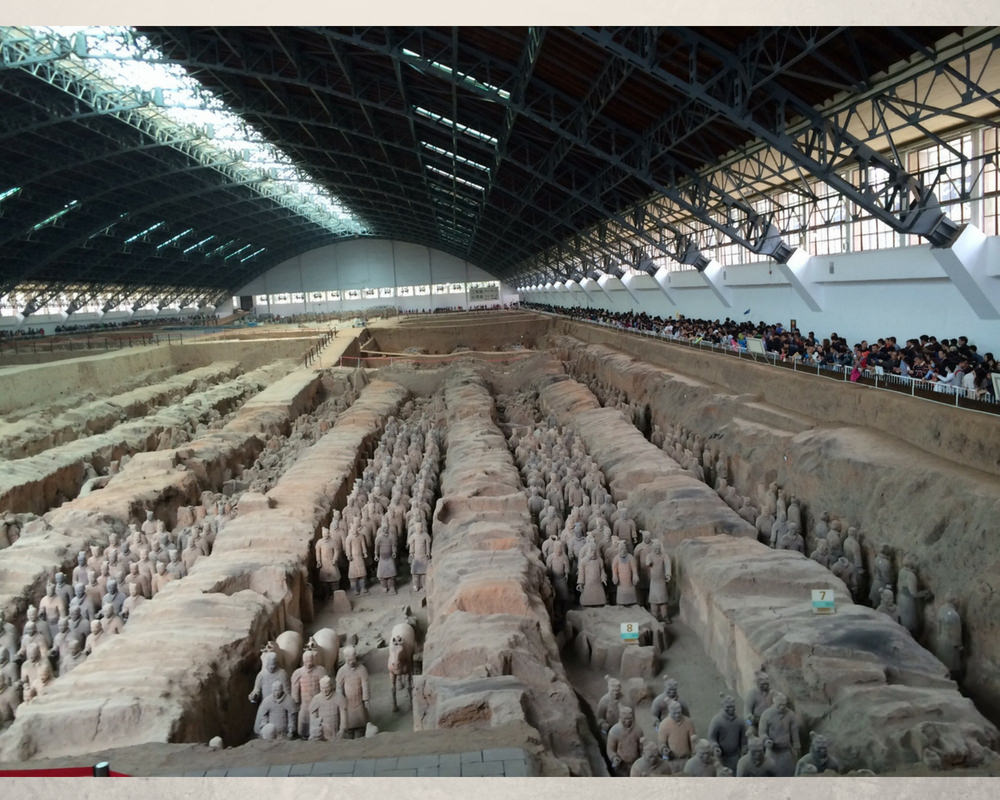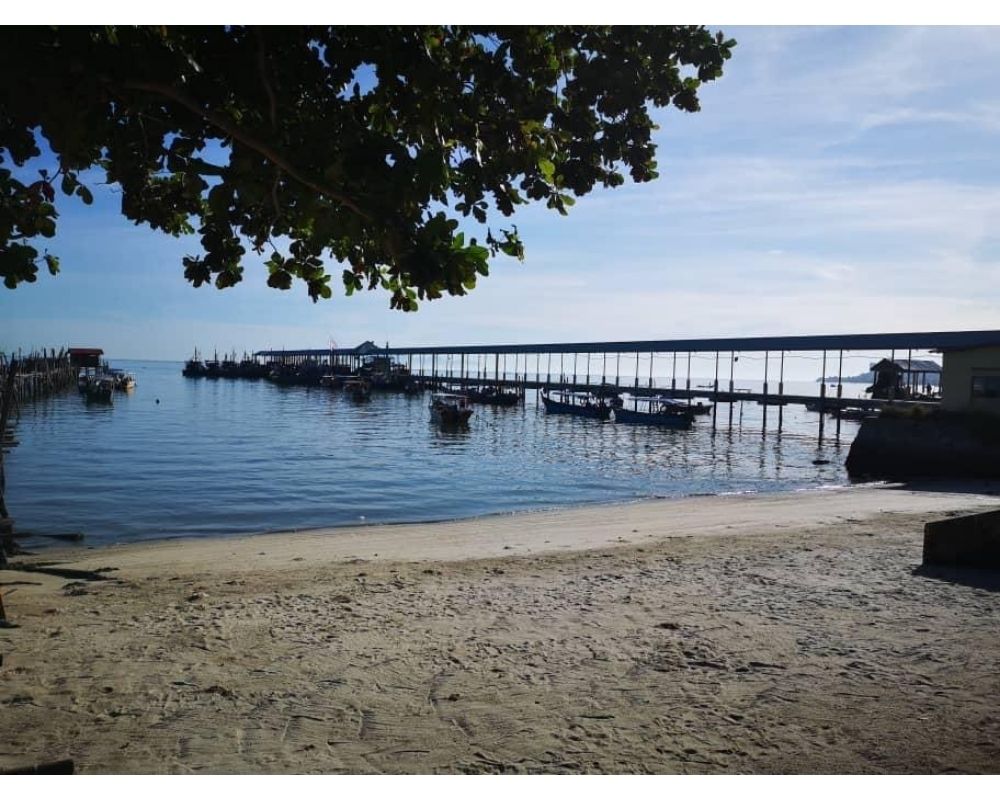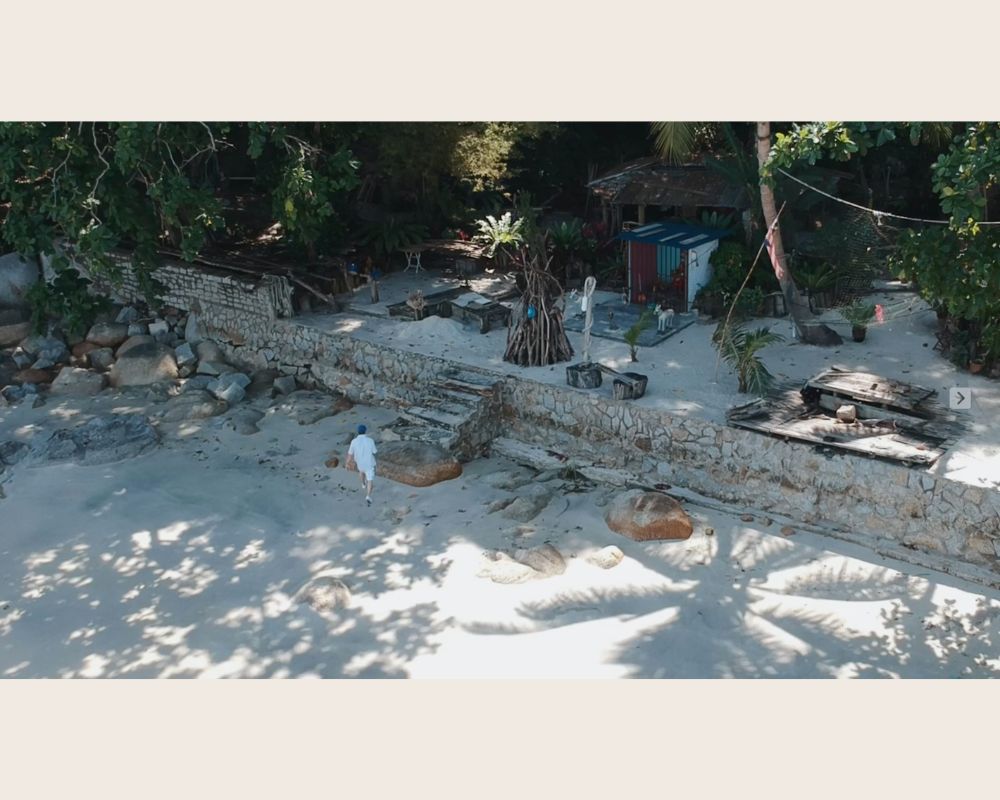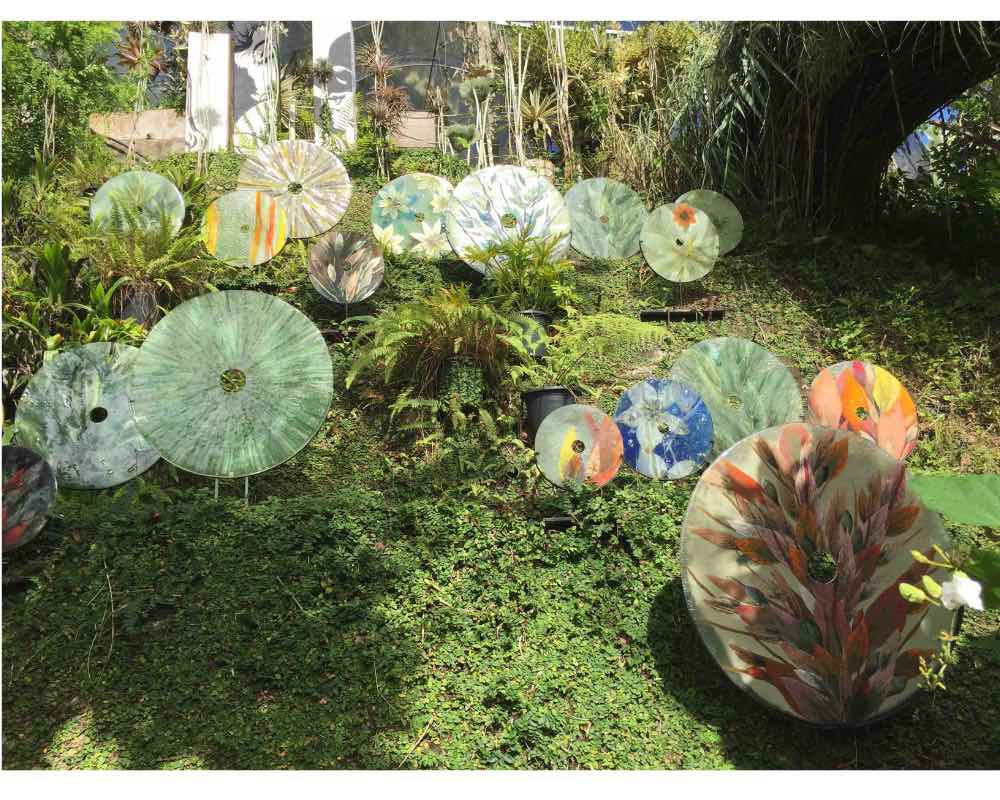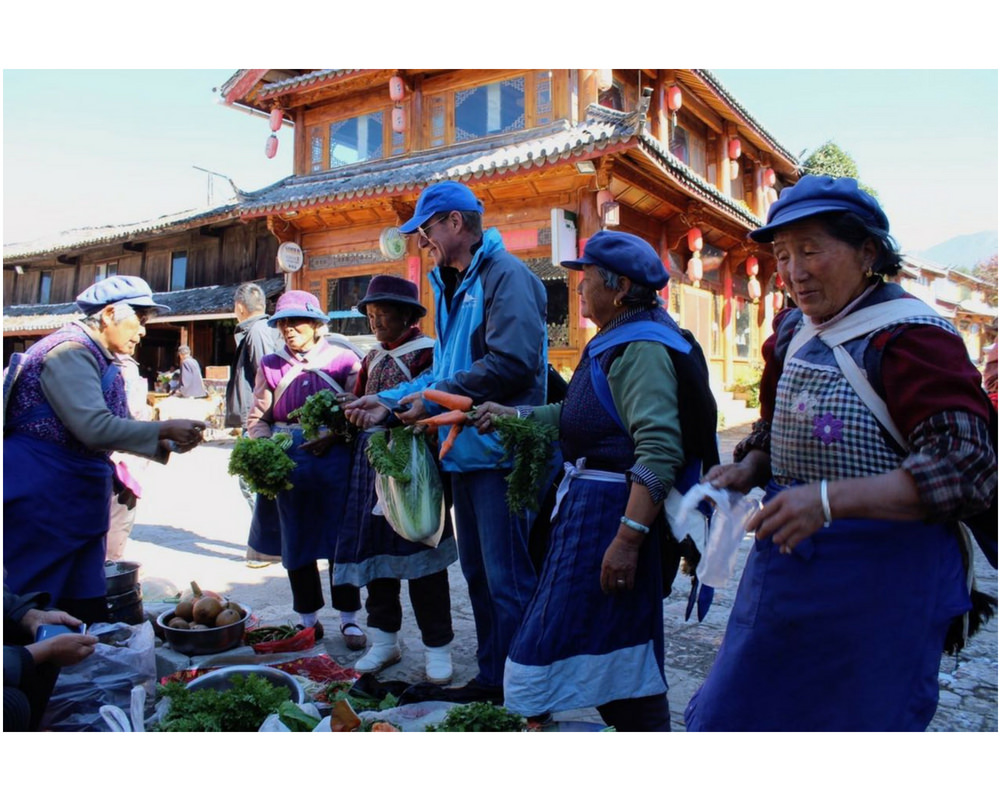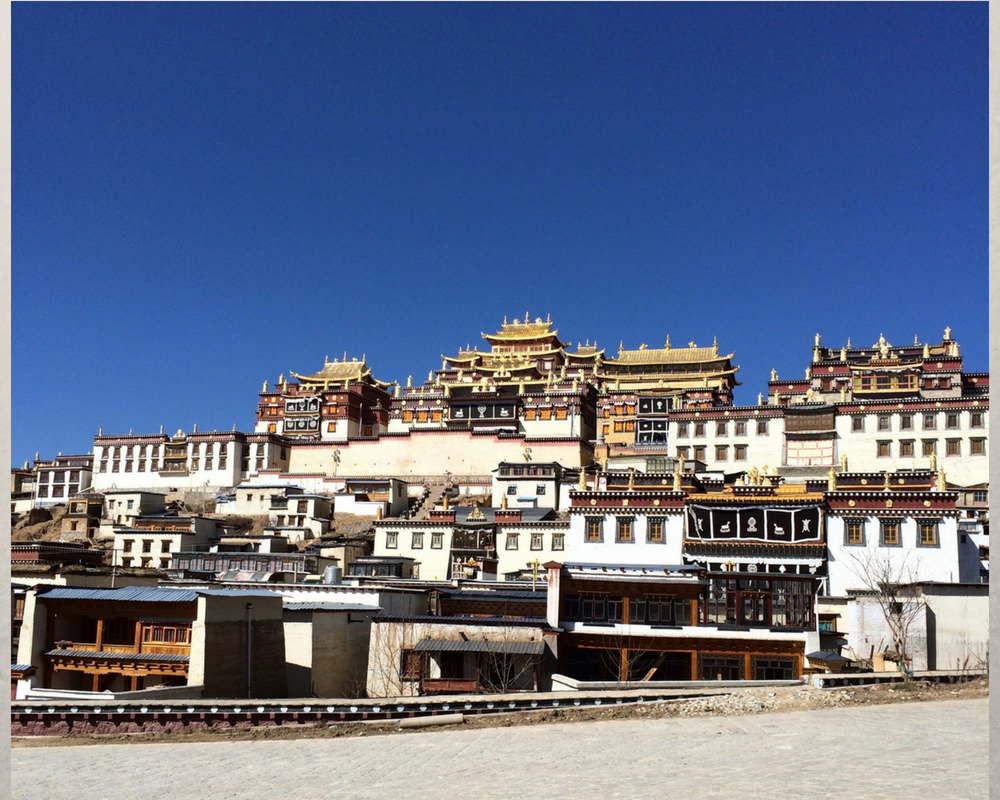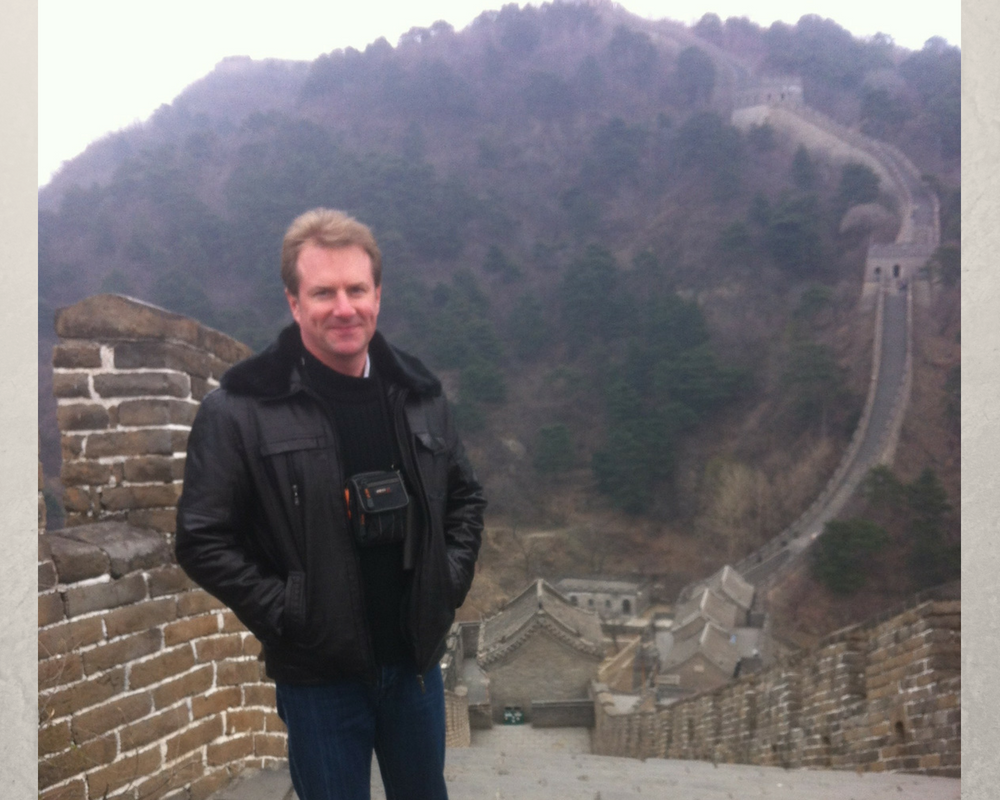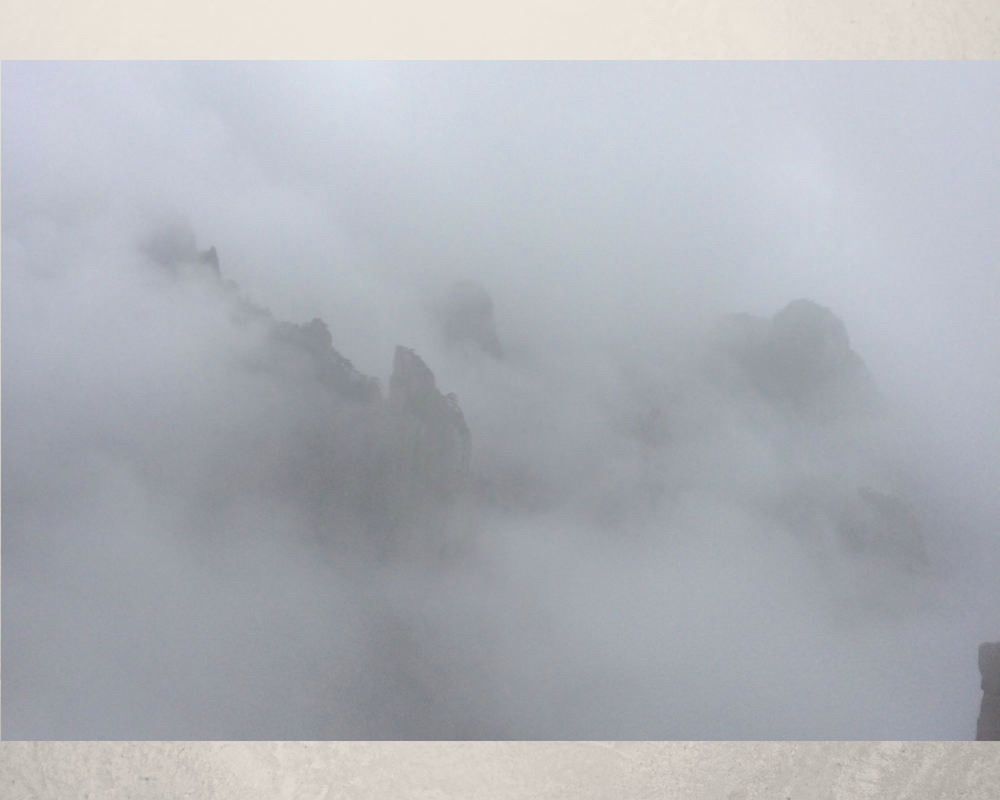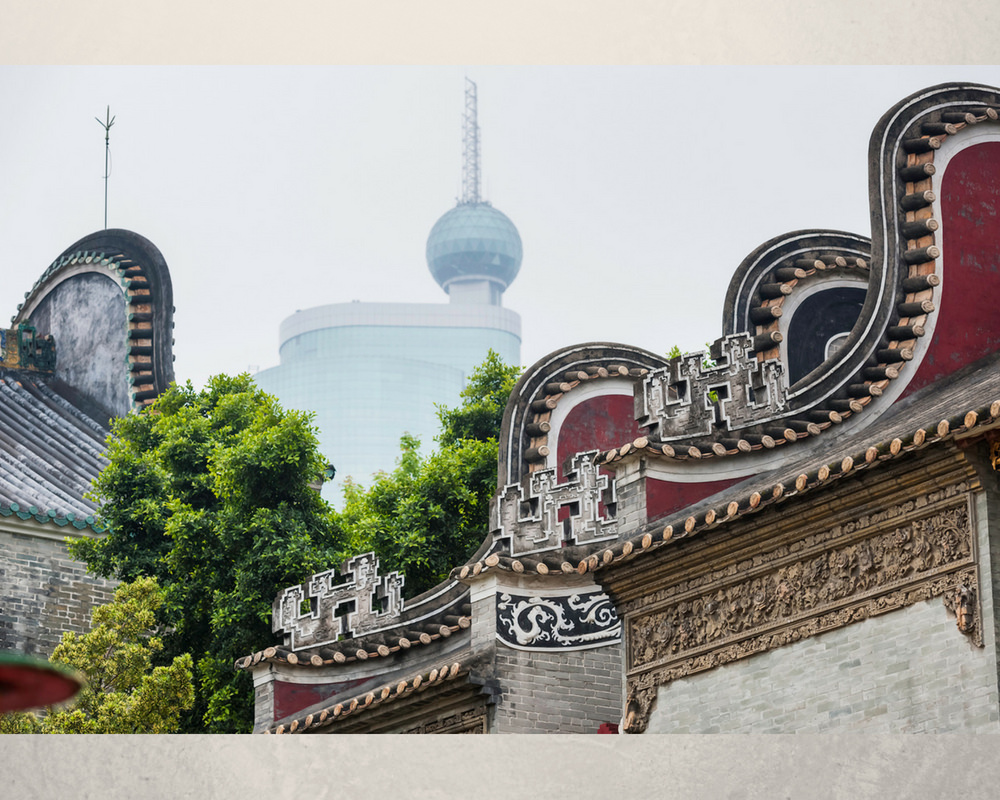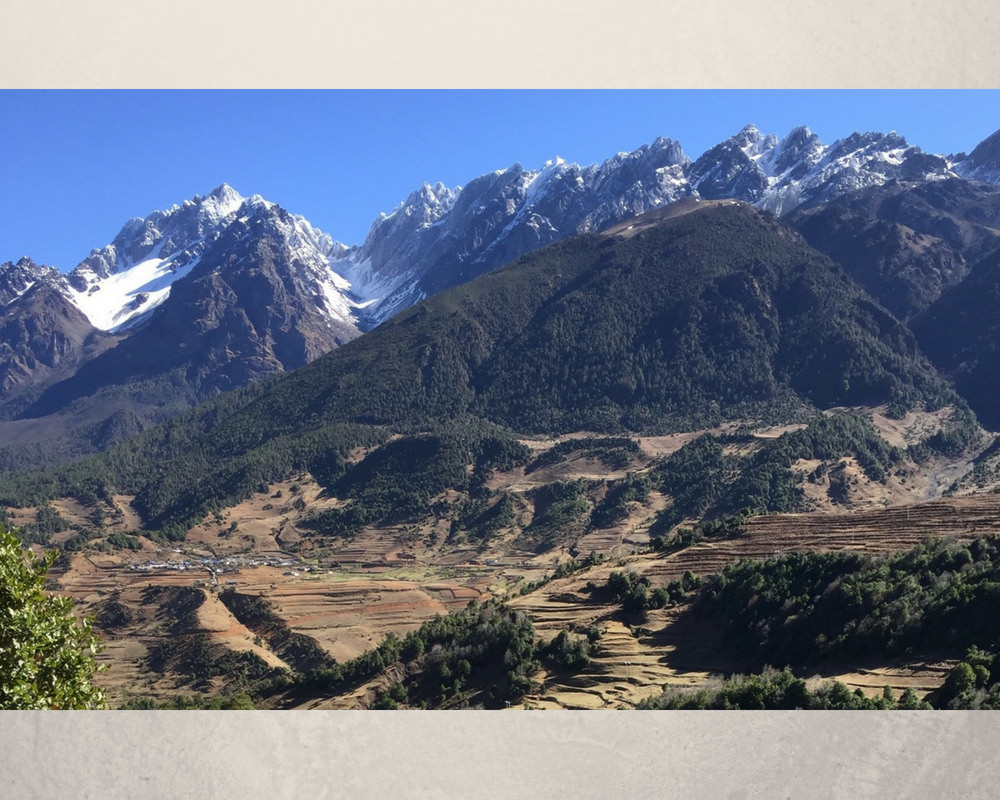Project Description
The Terracotta Warriors
When thinking of iconic images from China, it would be hard not to consider Xian and the famous Terracotta Warriors. The provincial and national governments have done a great job in building the mystique surrounding this amazing feat of human enterprise.
In 1974, workers digging a well outside the city of Xian struck upon one of the most amazing archeological discoveries of the last century; the head of what later turned out to be a life-size clay soldier poised for battle. Popular myth has it that these workmen were local farmers and they can be found at the site today, one in each corner of the pavilion signing books, although they don’t look the 75+ years that logic tells you they should…
Anyway, the diggers notified the Chinese authorities, who immediately dispatched government archaeologists to the site. On further investigation they subsequently found thousands of clay soldiers, each with almost unique facial expressions, lined up according to rank. Though mostly grey today, patches of paint indicate they originally had brightly coloured uniforms. Further excavations have revealed swords, arrow tips, and other weapons, many in pristine condition.
The soldiers were arranged in trench-like, underground corridors which were then covered with timber roofing before being buried . In some of the corridors, clay horses are aligned four abreast; behind them are wooden chariots.
The site of the terracotta army forms part of an elaborate and extensive mausoleum created to accompany Qin Shi Huang, the first emperor of China, into the afterlife.
The site itself has now been fully surveyed but only a small portion of it is under excavation. It is hard to believe that the massive pavilion which would comfortably accommodate half a dozen large Airbus 380’s, represents only part of what they know to be buried underground.
A little known fact outside China, except for those who have visited the site, is that the warriors themselves were totally destroyed over the millennia by a succession of floods and severe earthquakes. What you see on the posters and in the tourist brochures is the result of painstaking reconstruction. A large team of archeologists and specialists is uncovering, cleaning and carefully piecing together each soldier, horse and chariot so that the end result is what you see today, the neat rows of completed soldiers, repositioned roughly where they were found.
It is worth a visit, though go early in the day and during the off season. The day I visited the site it was literally packed with people, like so many popular tourist sites in China. However, our wily guide took us in through a side door and jumped the slow moving queue…
